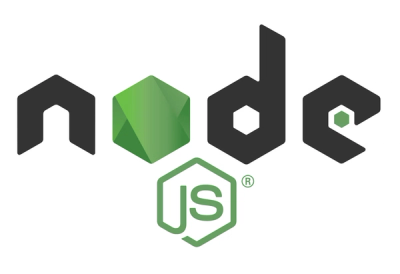
Security News
ECMAScript 2025 Finalized with Iterator Helpers, Set Methods, RegExp.escape, and More
ECMAScript 2025 introduces Iterator Helpers, Set methods, JSON modules, and more in its latest spec update approved by Ecma in June 2025.
Experimental bindings to the DOM and other Web APIs.
API docs are available at https://reasonml-community.github.io/bs-webapi-incubator/api/Webapi/ , but documentation comments are sparse as the code mostly just consists of external declarations with type signatures. The bindings generally also correspond very well to the Web APIs they bind to, so using MDN along with GitHub should go a long way.
npm install bs-webapi
Then add bs-webapi to bs-dependencies in your bsconfig.json. A minimal example:
{
"name": "my-thing",
"sources": "src",
"bs-dependencies": ["bs-webapi"]
}
See the examples folder
Please only use the modules exposed through the toplevel module Webapi, for example Webapi.Dom.Element. In particular, don't use the 'flat' modules like Webapi__Dom__Element as these are considered private and are not guaranteed to be backwards-compatible.
The DOM API is mostly organized into interfaces and relies heavily on inheritance. The ergonomics of the API is also heavily dependent on dynamic typing, which makes it somewhat challenging to implement a thin binding layer that is both safe and ergonomic. To achieve this we employ subtyping and implementation inheritance, concepts which aren't very idiomatic to OCaml (or Reason), but all the more beneficial to understand in order to be able to use these bindings effectively.
The Dom types, and the relationships between them, are actually defined in the Dom module that ships with bs-platform (Source code), where you'll find a bunch of types that look like this:
type _element('a);
type element_like('a) = node_like(_element('a));
type element = element_like(_baseClass);
This is subtyping implemented with abstract types and phantom arguments. The details of how this works isn't very important (but see #23 for a detailed explanation of how exactly this trickery works) in order to just use them, but there are a few things you should know:
element expands to _baseClass _element _node _eventTarget_like This means element is a subtype of _element, _node and _eventTarget_like._like type are "open" (because they have a type variable). This means that a function accepting an 'a element_like will accept any "supertype" of element_like. A function accepting just an element will only accept an element (Technically element is actually a "supertype" of element_like too).This system works exceptionally well, but has one significant flaw: It makes type errors even more complicated than they normally are. If you know what to look for it's not that bad, but unfortunately the formatting of these errors don't make looking for it any easier. We hope to improve that in other ways (see BetterErrors)
If you've looked through the source code a bit, you've likely come across code like this:
include Webapi__Dom__EventTarget.Impl({ type nonrec t = t });
include Webapi__Dom__Node.Impl({ type nonrec t = t });
include Webapi__Dom__ParentNode.Impl({ type nonrec t = t });
include Webapi__Dom__NonDocumentTypeChildNode.Impl({ type nonrec t = t });
include Webapi__Dom__ChildNode.Impl({ type nonrec t = t });
include Webapi__Dom__Slotable.Impl({ type nonrec t = t });
include Impl({ type nonrec t = t });
This is the implementation inheritance. Each "inheritable" module defines an "Impl" module where all its exported functions are defined. include Webapi__Dom__Node.Impl { type nonrec t = t }; means that all the functions in Webapi__Dom__Node.Impl should be included in this module, but with the t type of that module replaced by the t type of this one. And that's it, it now has all the functions.
Implementation inheritance is used instead of subtyping to make it easier to understand which functions operate on any given "subject". If you have an element and you need to use a function defined in Node, let's say removeChild you cannot just use Node.removeChild. Instead you need to use Element.removeChild, which you can since Element inherits from Node. As a general rule, always use the function in the module corresponding to the type you have. You'll find this makes it very easy to see what types you're dealing with just by reading the code.
See CHANGELOG.md.
0.19.1
bsdoc to allow smooth installs on non-Mac
OSFAQs
Reason + BuckleScript bindings to DOM
The npm package bs-webapi receives a total of 755 weekly downloads. As such, bs-webapi popularity was classified as not popular.
We found that bs-webapi demonstrated a not healthy version release cadence and project activity because the last version was released a year ago. It has 2 open source maintainers collaborating on the project.
Did you know?

Socket for GitHub automatically highlights issues in each pull request and monitors the health of all your open source dependencies. Discover the contents of your packages and block harmful activity before you install or update your dependencies.

Security News
ECMAScript 2025 introduces Iterator Helpers, Set methods, JSON modules, and more in its latest spec update approved by Ecma in June 2025.

Security News
A new Node.js homepage button linking to paid support for EOL versions has sparked a heated discussion among contributors and the wider community.

Research
North Korean threat actors linked to the Contagious Interview campaign return with 35 new malicious npm packages using a stealthy multi-stage malware loader.